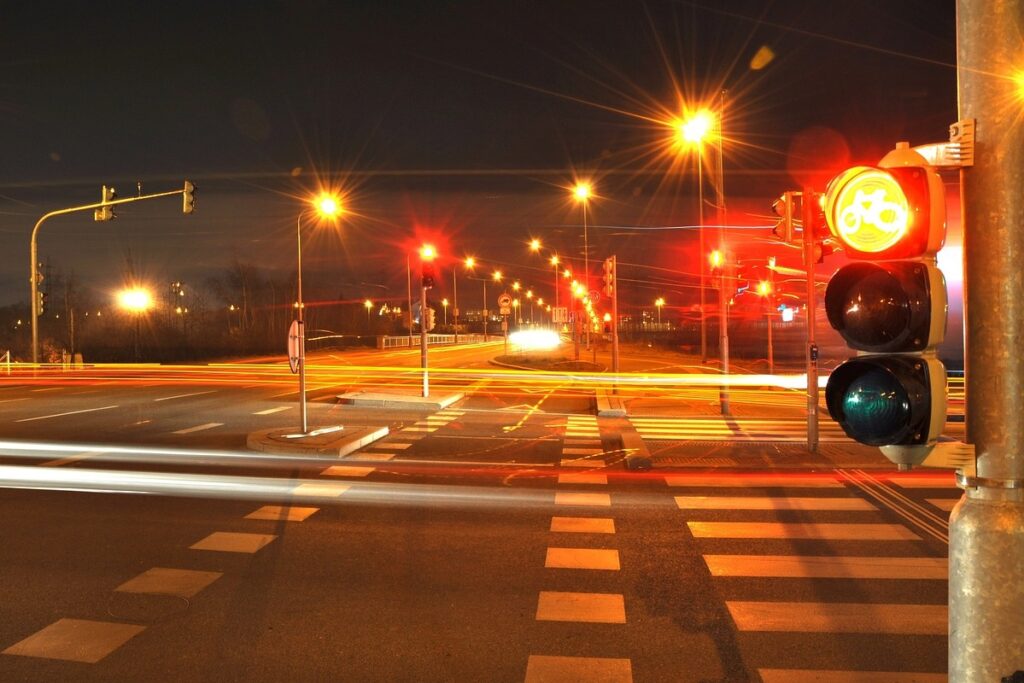Google has released new information about its AI-based mission to reduce wait times at red lights and fuel consumption and emissions at intersections. This update shows that Google’s mission is to reduce red light stop times by 30% and greenhouse gas emissions by 10%. It is enough to multiply this statistic by the number of intersections in the world to realize the huge potential impact of this project.
Research shows that the amount of air pollution in intersections is about 29% higher than on open roads. All these optimizations are based on a lot of data collected with the help of Google Maps. The Google application with the ability to control the routes and speed of cars can warn you about the traffic ahead and create artificial intelligence models of how vehicles and lights interact with each other.
Currently, city planners rely on expensive sensors or even manual vehicle counts to monitor what’s happening at intersections. The Google Maps application and artificial intelligence-based technology called Green Light mean that more data can be processed at a faster rate and, in addition, it does not require upgrading the current infrastructure.
Yossi Mathias“Greenlight can analyze thousands of intersections simultaneously and improve traffic flow by using multiple intersections,” said Google’s vice president of engineering and research. “Our AI-based proposals work with existing infrastructure and traffic systems, and urban engineers can monitor the impact and see results in weeks.”
How to change the timing of traffic lights or how to connect traffic lights at different intersections to smooth the movement of cars during the day and night are some of the information that Google’s artificial intelligence can provide.
Greenlight project is active in 12 cities and 4 continents around the world: Seattle, Rio de Janeiro, Manchester, Hamburg, Budapest, Haifa, Abu Dhabi, Hyderabad, Bangalore, Kolkata and Bali. Google is encouraging different cities to sign up for the Green Light project, and this project is going to support more cities in the future.
Google engineers aren’t the only ones looking to make traffic lights more efficient to reduce greenhouse gas emissions. Earlier this year, a study was conducted that showed how self-driving cars could work together with traffic lights and human drivers to improve the efficiency of intersections.
Other researchers are looking at smart ways to prioritize buses and bikes to make greener transportation options more attractive. As these projects and studies show, considering the number of people on a daily basis, even small improvements can make a big difference.



